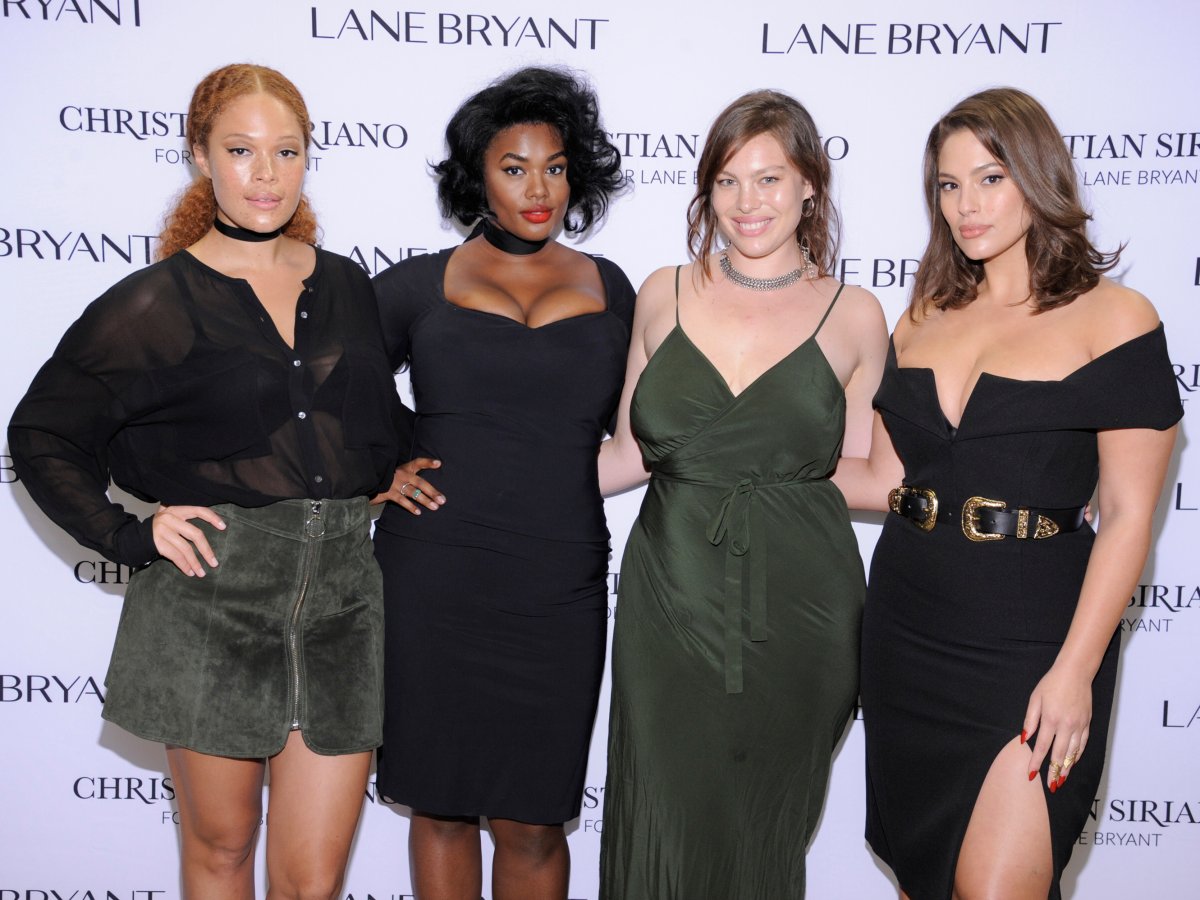In August, Ashley Graham, the trailblazing plus-size model who was the first size 14 woman to appear on the cover of the Sports Illustrated Swimsuit Issue, came under fire for posting a picture of herself to Instagram in which she appeared to have lost weight.

The response to her picture was mixed, ranging from being called a “phoney” for conforming to societal standards, to being lauded for showing the “fatties” that they too can lose weight.
In a post on Lenny, Lena Dunham’s online newsletter, Graham reflected on the negative reaction her post received and opined: “To some I’m too curvy. To others I’m too tall, too busty, too loud, and, now, too small — too much, but at the same time not enough.”
Ashley Graham’s “phoney” post
Not long after, Jordyn Woods, a rising star on the plus-size circuit was also blasted for posting a picture of herself at the gym. Her fans believed the pic indicated she didn’t feel confident in her body, while a few comments simply read, “fat.”
These instances indicate the conflicting pressures plus-size models face to serve as a representative for the average woman, while underlining the still-rampant criticism and fat-shaming that’s directed at them from those who don’t believe the style landscape has room for models larger than a size two.
- Gas prices surge in some parts of Canada. What’s causing pain at the pumps?
- ‘She gets to be 10’: Ontario child’s heart donated to girl the same age
- Buzz kill? Gen Z less interested in coffee than older Canadians, survey shows
- Indigo nears privatization but experts warn turnaround won’t be ‘quick fix’
READ MORE: Nicole Arbour posts fat-shaming video targeting model Ashley Graham
“Plus size modelling is getting a lot more attention now than it did five years ago, and that’s naturally going to inspire both detractors and supporters,” says Marie Denee, creator of The Curvy Fashionista, a website and lifestyle blog. “Mainstream society can’t believe we’re having this conversation where fat people are being acknowledged and respected, while the plus community wants to keep celebrating and being the best they can be. It’s a push and pull.”
But what happens when being the best they can be means shaming a woman for losing weight or for espousing a healthy lifestyle?
“There is so much passion in the plus community; it’s almost like being in a club,” says Gwendolyn DeVoe, creator and executive producer of Full Figured Fashion Week, an annual event that takes place in New York.
“Members of the club frown upon members who seem to want to stray from the population. They feel like they are being betrayed in some way.”
Just ask former model Crystal Renn. Arguably the most famous plus-size model in the first decade of the 2000s. Renn walked the runways of international designers like Jean Paul Gaultier and Mark Fast, and featured in fashion magazines like V and Elle Canada heralding a seismic shift in the traditionally size zero fashion industry.
WATCH: Photographers and models behind #amothersbeauty campaign discuss why they took part

Renn was also a former straight-size model (the term used for thin models) who had published a book in 2010 called Hungry: A Young Model’s Story of Appetite, Ambition, and the Ultimate Embrace of Curves, that detailed her struggles with anorexia. She stood as a symbol of the evils of the modelling industry, while also exemplifying its slow but steady attempt at redemption.
But when she debuted a shrunken frame in 2012 – going from a size 12 to a size 6 – people were shocked and angry. Words like “disappointed” and “betrayed” were bandied about.
“As a society, we’ve been told to fit into a certain category and that’s what has been marketed to us,” says Jessica Lewis, a former model and producer of Straight/Curve, a documentary exploring the fashion industry’s shifting views on size that’s set to premiere in April 2017.
“That’s a sticking point for a lot of women. They think, ‘this is my brand or these are my people and this is where I feel comfortable.’ When a model loses a few pounds it’s almost disappointing to these women because it seems like they’re leaving the movement.”
It bears mentioning that the plus-size modelling industry isn’t without its own exacting standards. Models must typically be between five-foot-nine and six feet tall, and range between a size 14 and 18. And it’s a difficult ideal to uphold.
READ MORE: ‘Overweight haters’ fat shame passengers on the London tube
For her part, DeVoe is attempting to change the plus-size ideal by including a diversity of shapes and sizes in the shows at Full Figured Fashion Week, and by including indie designers whose sizing methods differ from a standard chart.
However, to hear Lewis say it, the size debate will soon be a thing of the past thanks to technology.
“In modelling and in fashion now it’s about what’s next,” she says. “And a lot of that is influenced by the tech industry. They’re working on game changing technology that would eliminate the need for standard sizing with custom body scans that would be sent directly to the brand website and you’d get a customized item. That would really change the size conversation.”






Comments